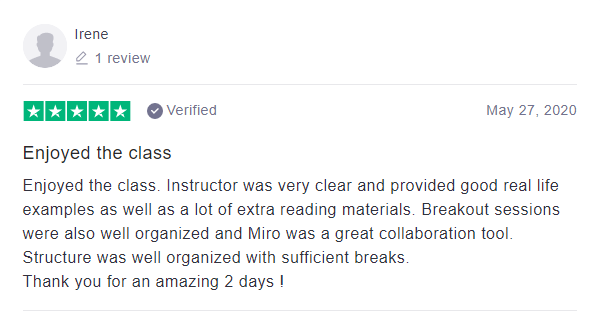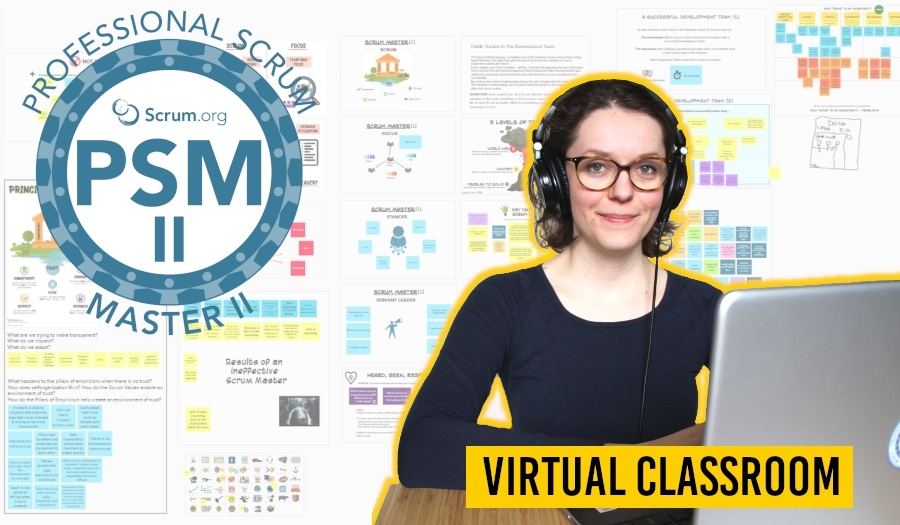We’ve switched to virtual training. One of the reasons was, of course, the worldwide situation related to COVID-19. However, for the longest time, even before all this happened, there were already two camps: for remote work and against remote work. That would apply to courses as well.
In this article, I’d like to talk about the benefits of virtual training has and what you should be aware of when going into it.
Building virtual training
I’ve seen many posts and articles listing a huge number of concerns around virtual training being not as effective, not as insightful, too tiring and many more. So let me start this by saying:
If something was not working before it all went remote, then it’s only going to get worse when it’s converted to a virtual setting.
If the training was already boring, and the main criteria of success were how tired participants are by the end of it, then it will be exactly the same (or even worse) when you move it online.
Since the moment I started creating and providing training I was always thinking about how to create engagement in the classroom: how to keep people curious about the topic while giving them the learning they came for.
THE GOAL: To create a learning environment that allows people to stay engaged with the trainer and other participants the same way they could do it in person.
So when I was converting the training, I kept these simple rules in mind:
- All the same training material is covered.
- All the exercises are run as close to their intended in-person experience using modern online collaboration tools.
- The class leverages the virtual setting to learn tools & practices for remote work.
The results
After having run several classes virtually, I could immediately see some benefits of online training.
To be honest, from the trainer’s perspective, it was hard for me to see any drawbacks. And the main reason for this was that I could see that students were reaching the same learning objectives as during in-person training.
The group discussions and other exercises were well served with modern collaboration tools so it was creating the same level of engagement between the students.
In addition, I felt much more energized as I was in the comfort of my home.
Benefits of virtual training
Firstly, it removed some of the constraints that are created by the in-person setting. For example, without the need to commute to the training location the trainer and participants feel much less tired during the class. And the breaks are much more revitalizing as participants can actually disconnect from work instead of sitting in the same training room for the whole day.
Secondly, the online setting created a new learning environment for remote work. It’s a perfect way to learn how to work and communicate with your colleagues when you’re not in the same office. In the virtual classroom, we learn new skills that are necessary for any online meeting happening outside of the training too.
While when I started, I wasn’t sure if the virtual class will be well received, I’ve gotten some awesome feedback. And not only about the usual high-quality class material and delivery, but also about virtual collaboration tools.

In conclusion, if you were unsure about attending an online training, you should definitely give it a try. Firstly, because you’ll get the same quality of learning as you would in an in-person class. And secondly, which is even more important, you’ll get an opportunity to learn new practices that will help you work remotely. Because let’s be honest, remote work might become a new normal over a longer period of time than what we initially anticipated.
Both Professional Scrum Master and Advanced Professional Scrum Master (PSM II) classes are available online and I encourage you to join me in the upcoming weeks to experience these classes and learn new things together.





